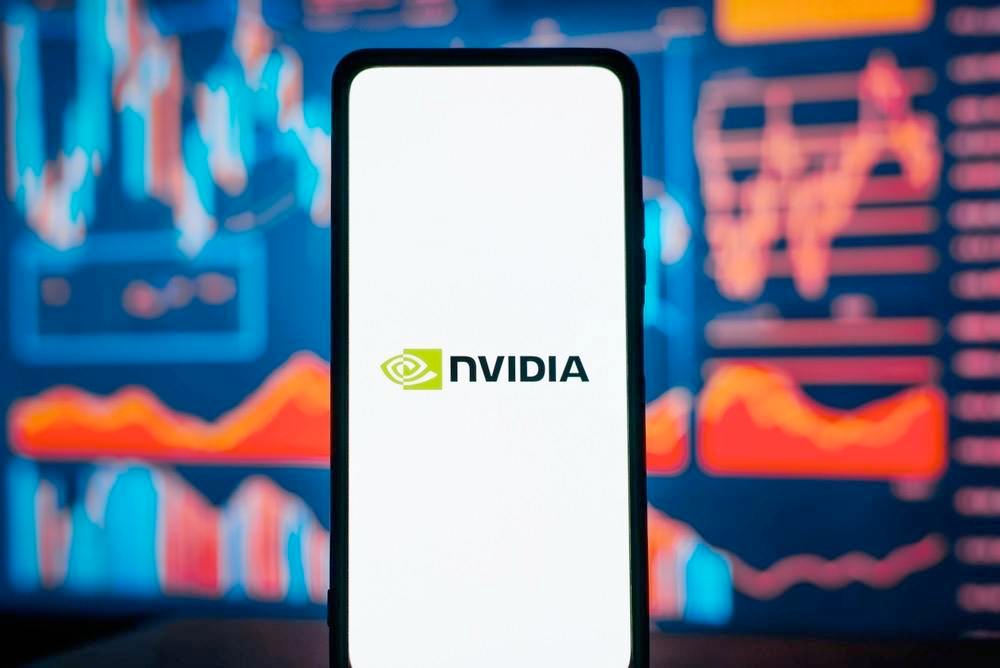Although Nvidia (NASDAQ: NVDA) is registering short-term bearish sentiments, a stock trading expert has highlighted that investors should anticipate a possible record high, citing the equity’s technical setup and other internal fundamentals.
In this context, Nvidia’s True Strength Indicator (TSI) on the weekly chart is displaying a “double bottom formation,” signaling an upcoming bullish move, stock trading expert CyclesFan observed in an X post on September 22.
While this formation suggests that Nvidia may have bottomed in the intermediate term, the expert warned that the TSI has not yet made a bullish crossover. Notably, the TSI is a momentum-based technical indicator used to identify the strength and direction of a trend in a stock price.
Currently, Nvidia is trading within the upper band of the Bollinger Bands (BB), suggesting some near-term support and resistance levels for traders to watch. Nvidia is moving within the upper band, indicating a relatively high price volatility. However, it has not yet broken past the upper band’s resistance, suggesting that upside potential remains short-lived.

According to the analyst, Nvidia may experience some volatility in the coming weeks until the bullish signal materializes.
Looking ahead, CyclesFan predicted that Nvidia will not achieve a new all-time high before its next earnings report in late November. The stock’s next major upward push is likely tied to its earnings performance, and investors will have to wait until then for a clearer signal.
“A bullish crossover will confirm that it made an intermediate term low in August. A new all-time high will not happen before its next earnings in late November,” CyclesFan noted.
Impact of Nvidia’s earnings report
Nvidia is anticipating increased revenue for the third quarter of 2024 when the company has confirmed sustained demand for its artificial intelligence chips. The technology giant is forecasting a Q3 gross margin of 75%, while it expects revenue to come in at $32.5 billion, primarily in line with market estimates.
In most cases, impressive earnings results can act as a catalyst for a stock rally; this was not the case for Nvidia after releasing its Q2 report. The firm reported year-over-year revenue growth of 122% at $30.04 billion. Still, the stock reacted negatively, eventually dropping by about 6%, resulting in a struggle to reclaim the $120 resistance level.
Indeed, Nvidia is undergoing short-term volatility, with the stock failing to capitalize on the recent market rally inspired by the Federal Reserve’s interest rate cut. The stock appears to have stalled, leading to questions about whether NVDA has lost the momentum it experienced in recent months, fueled by the company’s venture into the AI scene.
NVDA’s long-term outlook
To this end, another analyst with the pseudonym Market Maestro, in an X post on September 22, acknowledged that the current correction phase is characterized by a triple-top pattern and notable negative divergence in the relative strength index (RSI).
He noted that after reaching the Fibonacci 78% retracement level at $129, the stock had shown declining strength, raising concerns about further short-term downward movement. However, his long-term bullish target for Nvidia remains intact. The analyst expects the stock to bounce back toward $150 after retesting what he termed a ‘buy zone’ at the 12-week exponential moving average, which sits around $92.

Meanwhile, one of the prevailing concerns from Nvidia skeptics is that the company’s dominance in the AI scene might end. This will likely impact the share price, considering new players are entering the scene. For instance, Citi (NYSE: C) analysts warned that the AI winning streak might fizzle out, citing the stock decline after the last earnings results as a warning signal.
As a result, the bank’s analyst Atik Malik warned that Nvidia might be replaced by Apple as the top AI stock, especially with features such as Apple Intelligence set to be integrated into the company’s devices.
Elsewhere, a review of Nvidia’s stock price indicates that the equity ended the latest trading session valued at $116, down about 1.5% for the day. The short-term bearishness is highlighted on the stock’s monthly chart, where NVDA is down over 10%.

In conclusion, while Nvidia faces short-term volatility, analysts remain divided on the stock’s near-term prospects. As the company approaches its next earnings report, investors must closely watch for clearer signals on whether the stock can regain its upward trajectory or face further downward pressure.
Buy stocks now with eToro – trusted and advanced investment platform
Disclaimer: The content on this site should not be considered investment advice. Investing is speculative. When investing, your capital is at risk.








